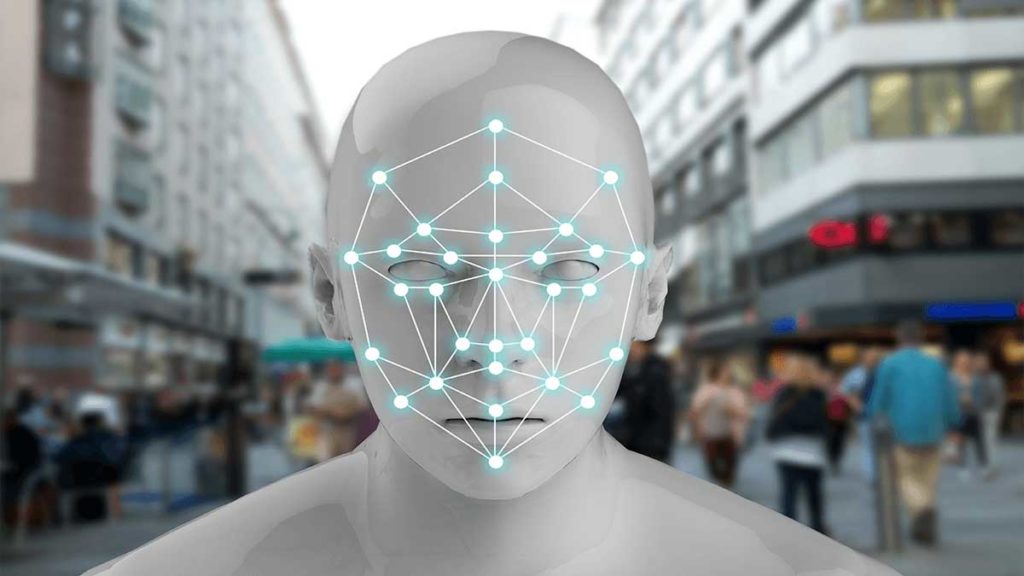Facial recognition technology and how it’s being used

For humans, our face and unique features, are the most important forms of visual stimuli. Individual recognition is based primarily on distinguishing our individual traits, therefore, developing technology that can be used to identify peoples’ faces, makes a lot of sense. Indeed, with the help of advancing technology, facial recognition is fast becoming an essential tool for security and safety procedures.
We are surrounded by all kinds of data and it is the abundance of visual data (pictures and videos) that is making facial recognition technology and deployment possible. A high-quality state-of-the-art CCTV, helps capture and accurately match someone’s image using the right algorithms to analyze and identify facial information.
What is facial recognition?
Facial recognition is an essential security measure to detect and locate human faces in context to images and videos. The face capture process, transforms analog information (a face) into a set of digital information (data) based on the person’s facial features.
The face match process verifies if two faces belong to the same person.
The technology associated with facial recognition, is causing a tremendous buzz within the tech and telecoms community, who rely upon the advancements of 3D mapping to verify the user’s identity in an efficient and accurate manner. According to recent reports, the Facial recognition market is expected to grow to $9.6 Billion by 2020.
Biometric technology
Taking personal characteristics of an individual and storing the data to identify them is an essential part of data protection. Biometric identification may include anything from a fingerprint, voice recording or photo, and has been implemented to step up security measures for authenticating the use of personal devices.
In regard to facial biometrics, a 2D or 3D sensor ‘captures’ a face which is then translated into digital data by applying an algorithm prior to comparing the image captured, to those stored in the database. Machine Learning and AI capabilities make distinguishing facial features, through software, possible.
The advantages of facial recognition
Facial recognition is regarded as a good way of stepping up security and safety measures. That’s because it’s easy to implement and there is no physical interaction required by the end-user.
Facial recognition technology can help law enforcement reduce criminal activity. Installing facial recognition technology in busy areas is a good way for authorities to expand surveillance without much oversight.
Airports all over the world are beginning to realize the importance of facial recognition to help support security check-points. Homeland Security predicts that by 2023, the technology will be used on 97% of travelers.
Disadvantages of facial recognition
On the flip side, the rigorous deployment of facial recognition may have us question the evasive nature of this technology. If the deployment of such a surveillance system is not regulated properly, it may contribute to the wearing away of one’s privacy.
One is faced with the all-important question: with such technology, must privacy be compromised for safety?
We are still fighting bias in facial recognition software, which means that the technology still has difficulty distinguishing people of different ethnicities. This may prove problematic if law enforcement becomes more reliable on such technology to support their efforts; the differing levels of software accuracy for individual identification, may greatly undermine the investigation process and the justice system.
